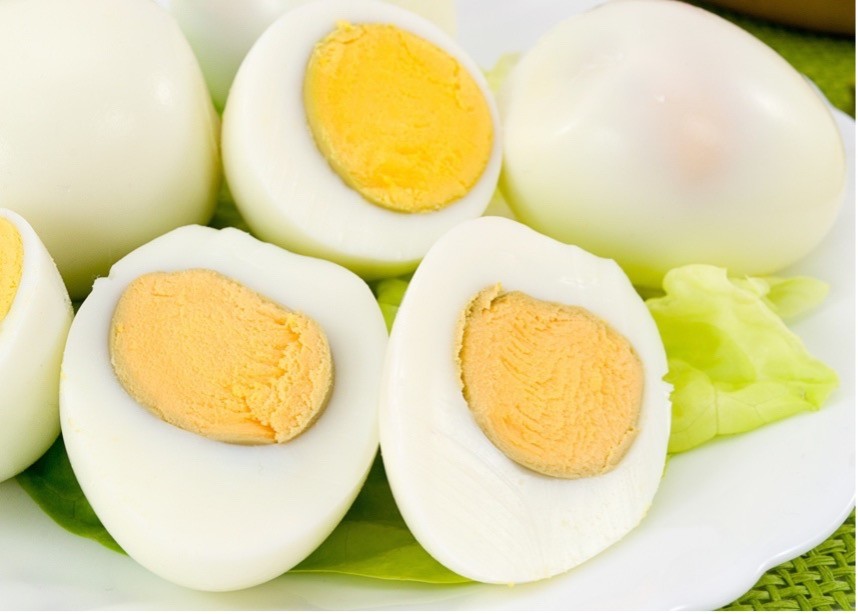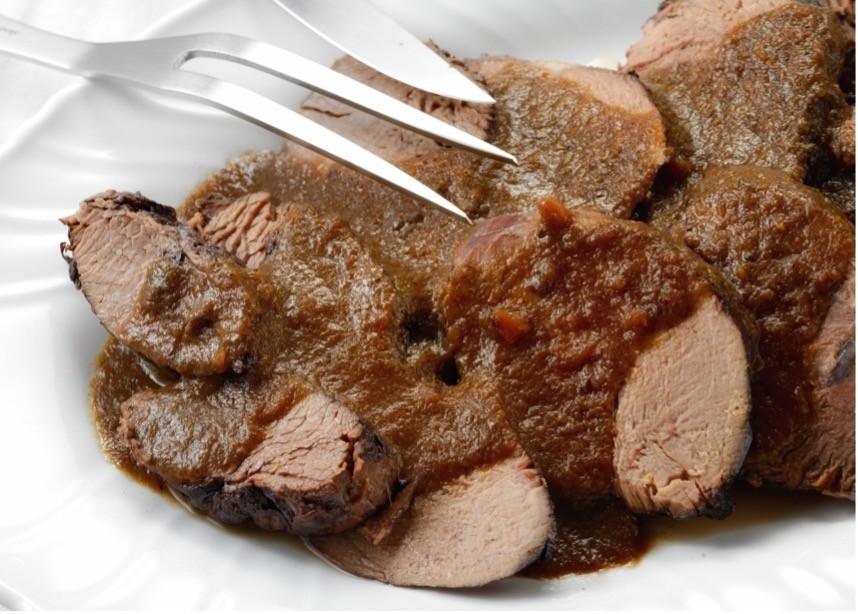Easter is one of the most important celebrations for the Christian community. In addition to the religious significance, for Italians it is also an opportunity to celebrate the arrival of spring, eating traditional sweets, such as “la colomba” (the dove) and chocolate eggs.
The egg is considered the symbol of life and regeneration in the whole Christian world: the tradition of giving eggs is connected to the fact that Easter is a festival of spring, therefore also of fertility and of flourishing of nature.
“La colomba di Pasqua” is also a typical gift in this period: a cake whose shape reminds a dove with outstretched wings. Although it originated from Milan, La Colomba is probably the only Easter sweet that is popular nationwide.

The symbolic meaning of this bird is clear: it recalls peace, salvation and resurrection.
Despite the famous saying: “Natale con i tuoi, Pasqua con chi vuoi” (Spend Christmas with family and Easter with whoever you want) most Italians prefer to spend Easter with family or loved ones, lay the eating table with springy colors
and eat some traditional food: homemade pasta, seasonal vegetables, savory pies, cold cuts and cheeses, hard-boiled eggs and lamb.
Here are the 10 most popular Easter food from North to South of the Peninsula:
1. Homemade pasta

Pasta is never missing on Italian tables at Easter. Northerners traditionally prefer egg pasta: in Piemonte most people will have “agnolotti” stuffed with meat seasoned with butter and sage, in Emilia Romagna the green lasagna with béchamel and Bolognese sauce. Southerners prefer water and flour pasta: in Puglia the orecchiette with artichokes and almonds are traditional for Easter, in Sardinia the "pillus" - similar to tagliolini - cooked in beef or sheep broth.
2. Agnello

Up until a few decades ago throughout Italy, the second dish of the Easter lunch was lamb; nowadays all sort of meat are prepared for Easter but the lamb tradition is still strong. Lamb is prepared in different ways depending on the region: baked with potatoes in Piedmont, Friuli Venezia Giulia, Veneto and Campania, with rosemary and onions in Sicily, with truffle in Umbria, it’s roasted in Liguria and Emilia Romagna, it’s served with cheese and eggs in Molise and Abruzzo and with cardoncelli - a wild vegetable which grows spontaneously in spring - in Basilicata. In Rome lamb is a must for Easter. Romans use the word “abbacchio” and not “agnello” to call the lamb, and they cook it with wine, anchovies, rosemary and garlic.
3. Uova sode

Until up a few decades ago, on Easter morning it was common to bring hard-boiled eggs to church to have them blessed, then eating them during lunch. Although this custom it’s not anymore so common, hard-boiled eggs still are one of the most representative foods of Easter in whole country and are quite often served with cured meats.
4. Casatiello

In Naples, the biggest Easter food tradition is “casatiello”, a rustic pie filled with bacon, salami, hard-boiled eggs and sweet or semi-spicy provolone cheese. Traditionally eaten on the evening of Easter Saturday, it remains very soft for several days thanks to the lard added in the dough.
5. Torta Pasqualina

The tradition of “Torta Pasqualina” was born in Genoa in the 15th century and it’s still very strong in the whole Liguria region; it is a savory pie made of 33 thin layers of dough in memory of Jesus Christ who was 33 when he was killed. Torta Pasqualina is stuffed with a filling of beets or artichokes, prescinseua (a fresh curd typical of Liguria), hard boiled eggs and marjoram.
6. Torta al formaggio

The Italian cheese cake has got nothing to do with the American one. The dough is made of flour, eggs, grated pecorino and parmesan, brewer's yeast, oil or lard, a little milk, salt and pepper, with a characteristic shape reminding a little bit of a Christmas panettone.
It’s traditionally eaten in the central regions of Umbria and Marche as a breakfast on Easter morning, and it normally comes with cold cuts, cheeses and hard-boiled eggs. In “Le Marche” region it’s not called “torta al formaggio” but “crescia di Pasqua".
7. Impanata ragusana

“Impanata” dates back to the times of Spanish domination over Sicily, it is a “focaccia” made of many layers of thin dough cooked in red wine and tomato passata and filled with lamb meat. A great classic for Easter in the whole island, not just in the city of Ragusa.
8. Ortaggi e fave

At Easter vegetables are often served as side dish to meat. In Calabria and Sardinia, for example, lamb is served with potatoes and with artichokes; in Puglia the cardoncellis, a wild wegetable are the most traditional side dish for Easter lunch. Cardoncellis are normally fried in oil and garlic and flavored with cherry tomatoes, a sprinkling of grated pecorino and beaten eggs.
Fresh broad beans are also a must in Rome and throughout Southern Italy, and they are normally served with pecorino, salami and pancetta.
9. Brasato al Barolo

In Piedmont the second Easter dish is traditionally not lamb, but beef cooked in Barolo wine, a stew made with a specific breed of beef cattle (Fassone), raised in the Langhe (a beautiful hilly area in the south of the region). The meat is marinated for at least half a day in Barolo red wine - together with celery, carrots, onions, juniper berries, cloves and cinnamon - and cooked in the same liquid for two hours over very low heat. The aromatic herbs are then blended and added again to the meat, which must cook for another half hour and then can be served, usually with mashed potatoes or polenta.
10. Affettati

Soppressata, salami, capocollo, raw ham, pork loin, pancetta and mortadella: cured meats, the pride of Italian cuisine abroad, are another essential element of Easter lunch, or breakfast in Central Italy. They are often served as an antipasti and for Easter sometimes they come with hard-boiled eggs as a decoration of the platter.

















